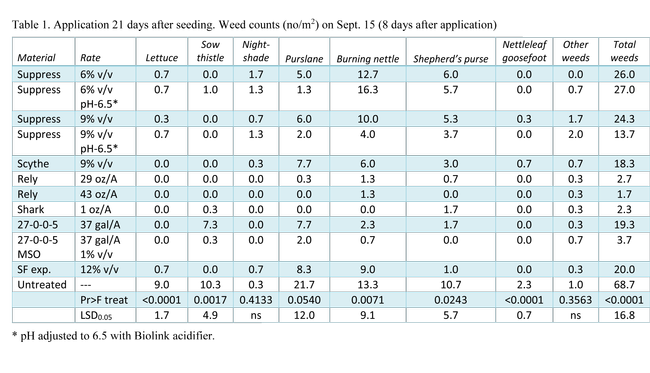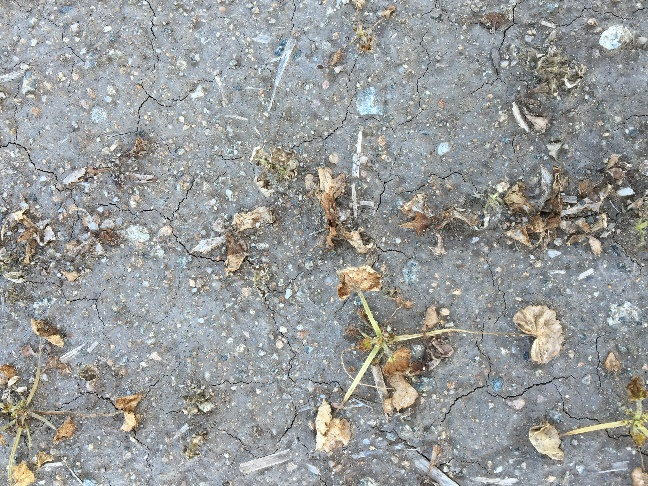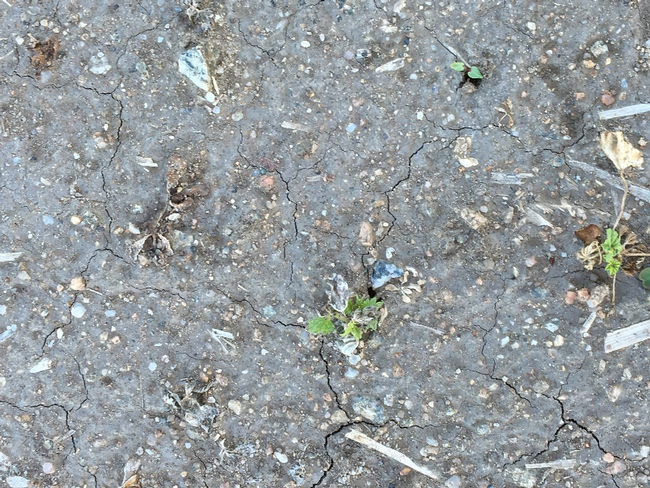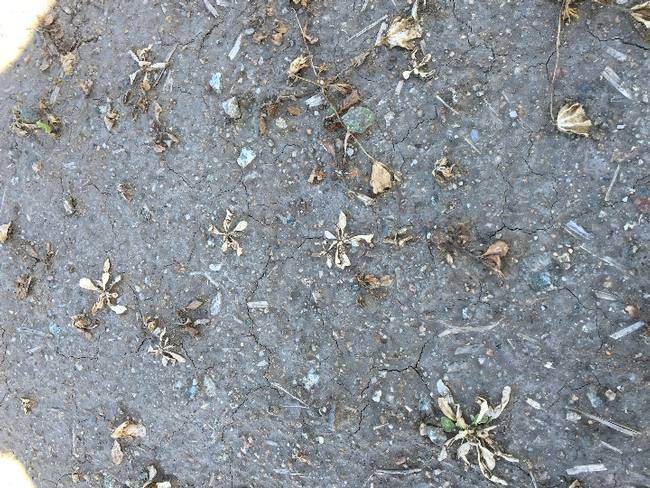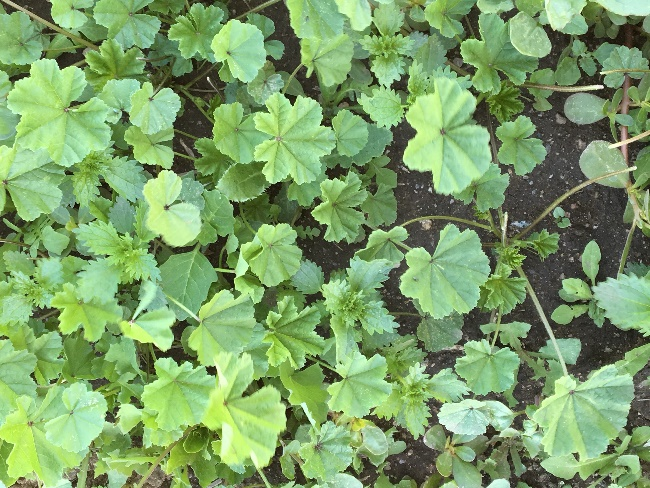Automated lettuce thinners that use a spray mechanism to remove unwanted lettuce plants and weeds have been widely adopted in the Salinas Valley and desert production districts. The machines utilize a camera to capture images of the lettuce plants in the seedline, calculate plants that need to be removed and those that will be kept (keepers) and then it activates a spray mechanism treat the unwanted plants. The spray mechanism has advantages over mechanical devices (e.g. swinging or spinning blades) because they do not disturb the soil or cut roots, and in addition, they have less inertia and can be quicker in responding to a signal from the computer. However, spray mechanisms can potentially drift or wafting control materials onto the keeper lettuce plants. Control materials used to remove unwanted lettuce plants and weeds include salt based fertilizers (ammonium, nitrate and/or ammonium thiosulfate), acid based fertilizers (more corrosive to equipment) and Shark (carfentrazone) which is registered specifically for thinning lettuce. Fertilizers provide useful amounts of nitrogen at a time that it is needed by the crop, thereby providing two benefits from one operation.
Currently, there are four companies making automated thinners that use a spray mechanism in use in the Salinas Valley: Ag Mechtronics, Blue River Mantius Ag Technologies and Vision Robotics. Coming on the heels of the development of automated thinners have been automated weeding machines such as the Robovator and Steketee machines. These machines uses a split knife to take out unwanted plants. However, Blue River Technologies is developing an automated weeder that uses a spray mechanism. Evaluating effective spray materials for use in automated thinners and weeders is important to assure that we are using the most optimal chemical for the particular cropping scenario.
Last year we conducted a trial evaluating a variety of materials, organic and conventional, for use in automated thinners and weeders. Trials were conducted evaluating applications at 16 and 21 days after seeding. Not surprising, all materials applied on a volume/volume basis (Suppress, Scythe and SF exp) provided better weed control at higher water volume. These materials are fast acting and the level of control they provided was evident a few hours after application. It should be noted that initially weed control looked better for these materials, but larger weeds recovered and weed control declined over time. Shark provided excellent weed control and the level of control was evident within 24 hours (Table 1). Rely, not currently registered for use in automated thinners, also provided excellent weed control but was slower acting and the level of weed control that it provided was not evident for 5-6 days. This might take some “getting used to” by users for this technology, because they want to know how well the material worked as soon as possible after the application.
The use of herbicides in automated thinners and weeders is a new concept in weed control. These machines make ultra-precise applications of the materials. This, and other technologies are providing opportunities to deal with weeds is a more precise fashion. Once weed or crop recognition technologies are perfected and available, precision application technology will make another quantum leap forward.
Photos taken 8 days after application:
